
American researchers at the 2015 national meeting of American Chemical Society outlined the details of an unexpected source of precious metals - sewage. That’s right. According to new research, organic materials (biosolids) generated by wastewater treatment plants may be an untapped source of precious metals and rare elements, including gold, silver, platinum, copper, palladium and vanadium that are used to make cell phones, computers, and other electronic devices.
American researchers at the 2015 national meeting of American Chemical Society outlined the details of an unexpected source of precious metals - sewage. That’s right. According to new research, organic materials (biosolids) generated by wastewater treatment plants may be an untapped source of precious metals and rare elements, including gold, silver, platinum, copper, palladium and vanadium that are used to make cell phones, computers, and other electronic devices.
Dr. Kathleen S. Smith, a research geochemist at the U.S. Geological Survey (USGS), writes that harvesting the valuable metals and other elements present a win-win situation. Wastewater treatment plants are not unfamiliar with the idea of viewing human waste as a resource rather than a waste product. In many plants across the world, nutrients like phosphorus and nitrogen are often removed from waste and repurposed into compounds like struvite for use in fertilizers.
According to Dr. Smith, recovering metals might be equally beneficial. There is a clear financial incentive for recovery. Though Dr. Smith concedes that a full economic analysis would need to occur on a case-by-case basis, a previous study from the University of Arizona estimates that yearly waste from one million Americans contains nearly $13 million worth of metals.
Recovering metals from human waste has environmental benefits as well. Dr. Smith proposes that seven million tonnes of solid waste leaves US wastewater facilities each year as biosolid waste. Of that, nearly half of that is used as fertiliser on fields and in forests, while the other half is incinerated or sent to landfills. Some of the metals are often a limiting factor in deciding whether the waste can be repurposed as fertilizer. And some fertilizers still release the often toxic materials into the ecosystem.
Sources: Huffington Post, BBC
Sources: Huffington Post, BBC
Want to read more like this story?
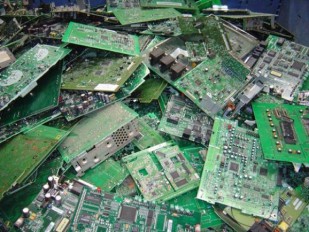
Researchers have developed a new and efficient method of retrieving gold from e-waste
Sep, 12, 2016 | NewsGold contained in discarded electrical or electronic devices can be selectively separated from the r...
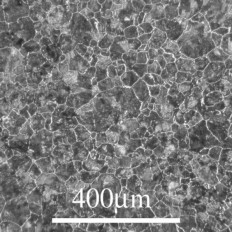
Machine learning technique to study metal alloys
Dec, 11, 2020 | NewsA new study by MIT researchers focuses on a machine learning approach with the aim to produce...

New EU legislation on waste management
Jun, 08, 2018 | NewsBased on the principles of circular economy, the new guidelines aim for a drastic reduction of landf...

Water full of gold and silver found beneath volcanoes
Aug, 26, 2015 | NewsA real treasure was identified by scientists in New Zealand. The water that is in underground reserv...

This waste incinerator sets a new capacity record!
Mar, 03, 2016 | NewsLocated in Shenzhen, China, it will be ready by 2020 andits capacity will reach 5000 tn/day! Loca...
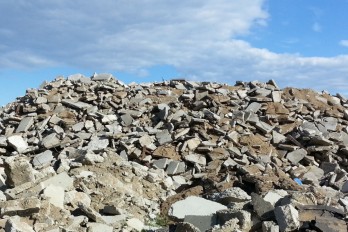
New method to transform construction waste into useful materials
Dec, 07, 2018 | NewsA group of German researchers has found a way to manipulate construction waste by turning them into...
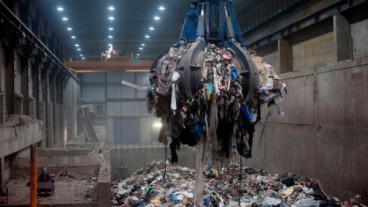
Due to Sweden’s revolutionary recycling program, the country needs to import 800,000 tns of waste annually to feed its 32 waste-to-energy plants
Oct, 11, 2017 | NewsThe energy goes into a national heating network to heat homes throughout the winter and is also used...
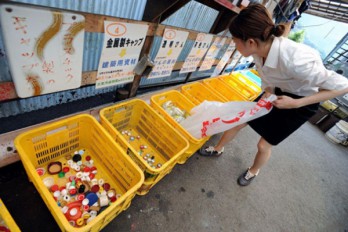
A Japanese village aims to become the country’s first 'Zero-Waste' community by 2020
May, 06, 2016 | NewsWaste in Kamikatsu is separated in 34 categories! Waste in Kamikatsu is separated in 34 categorie...
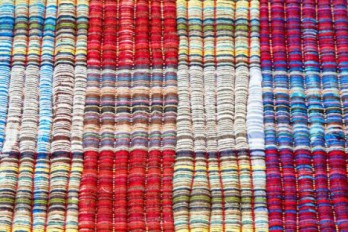
A new circular economy concept for textiles and chemicals
Sep, 26, 2017 | NewsAn innovative textile recycling plant could recycle 500 tons of waste per year An innovative textil...
Trending

Vertical gardens in Mexico City to combat pollution

Saudi Park Closed After 360 Big Pendulum Ride Crashes to Ground, 23 injured

Characteristics of Load Bearing Masonry Construction

Taipei 101’s impressive tuned mass damper

Dutch greenhouses have revolutionized modern farming

Federal court rules Biden’s offshore drilling ban unlawful


